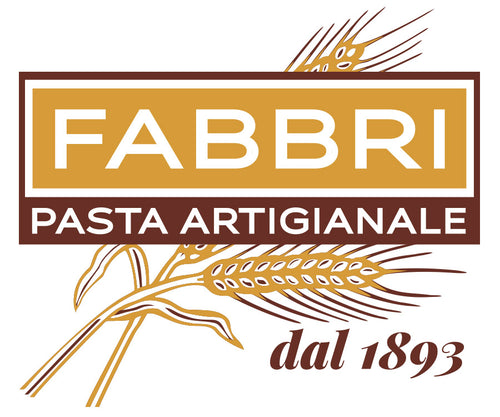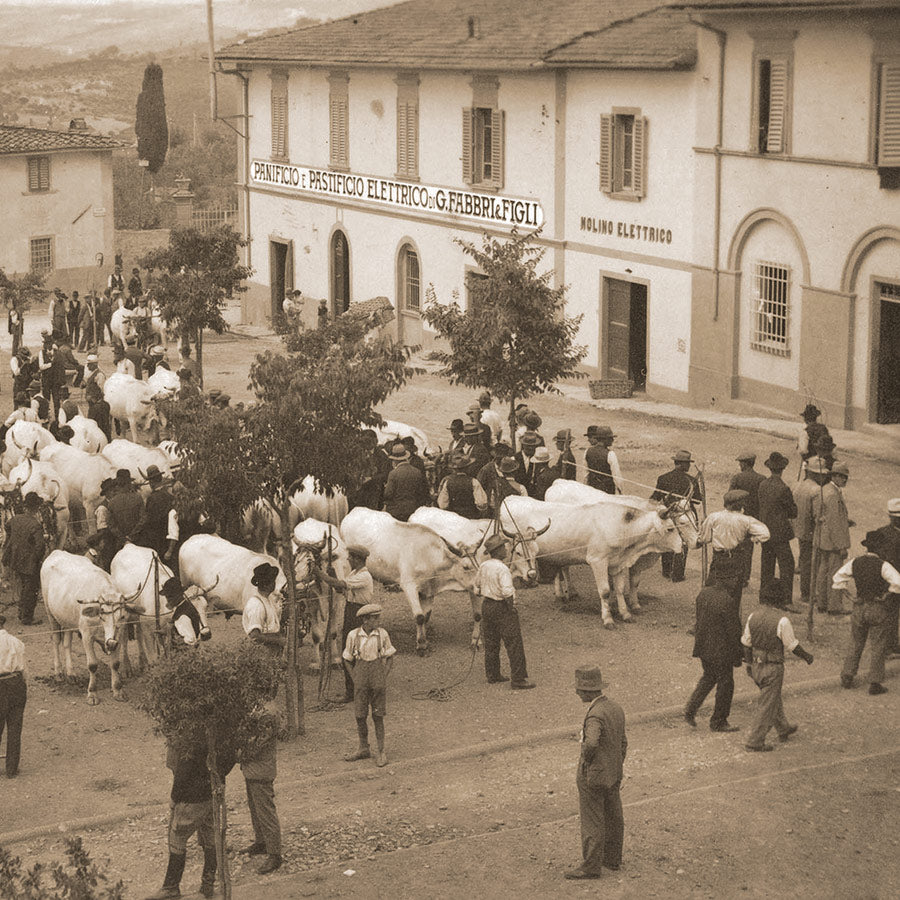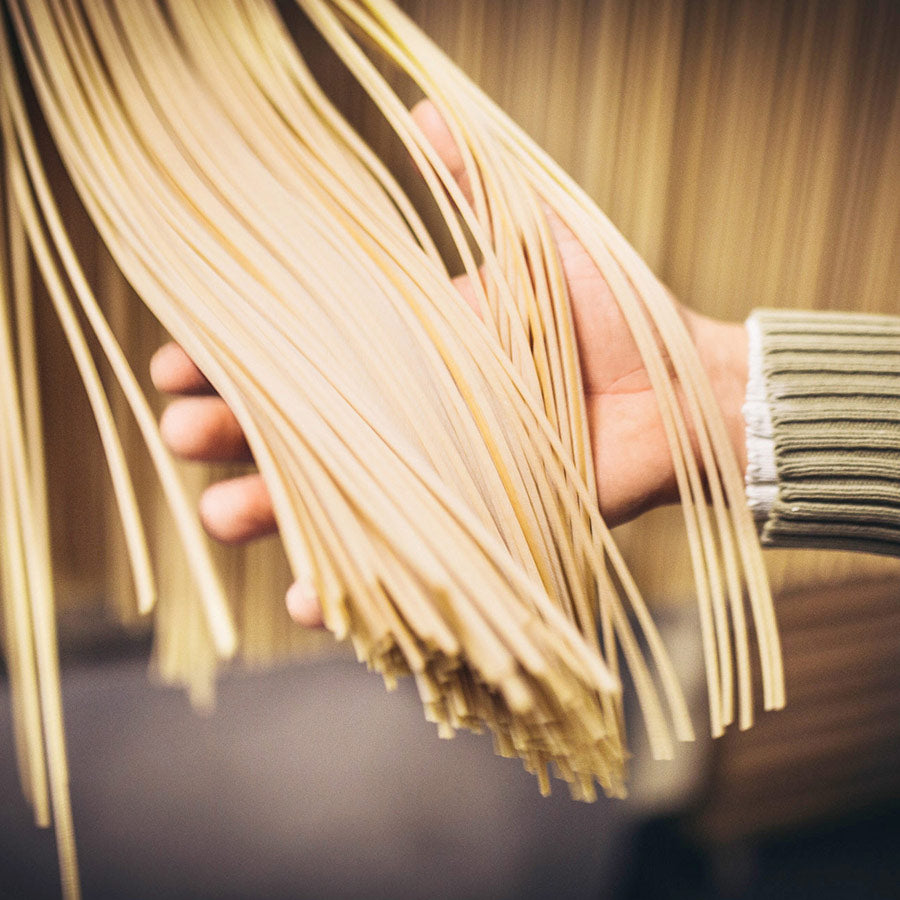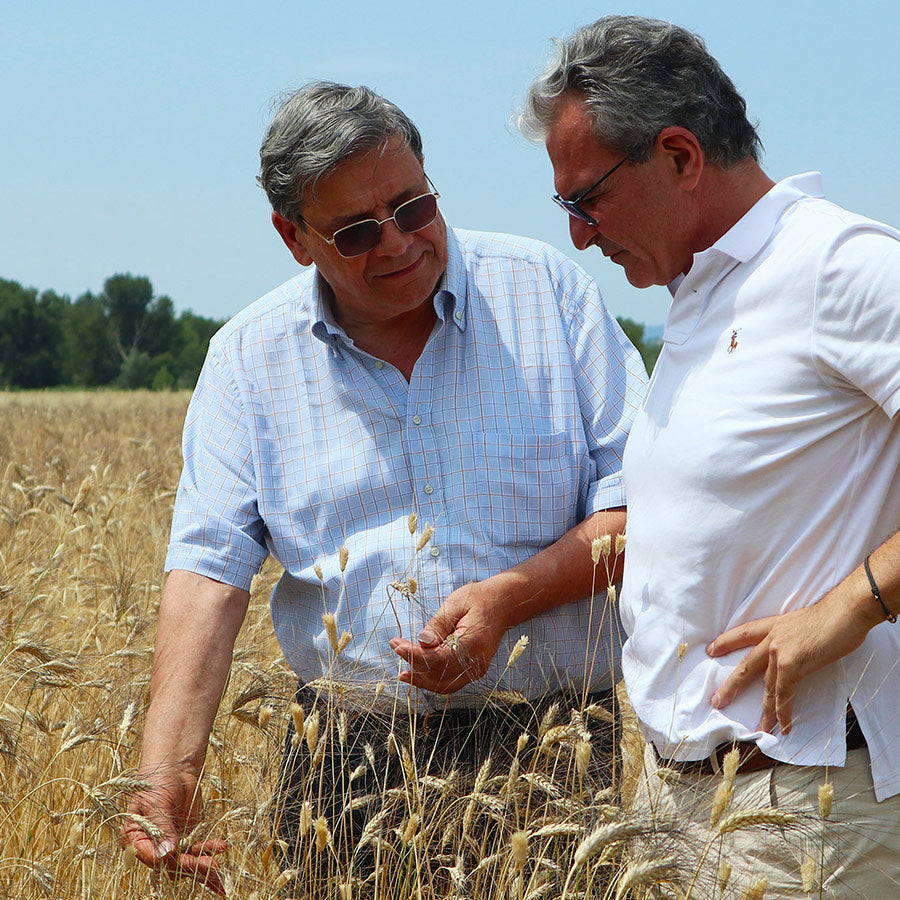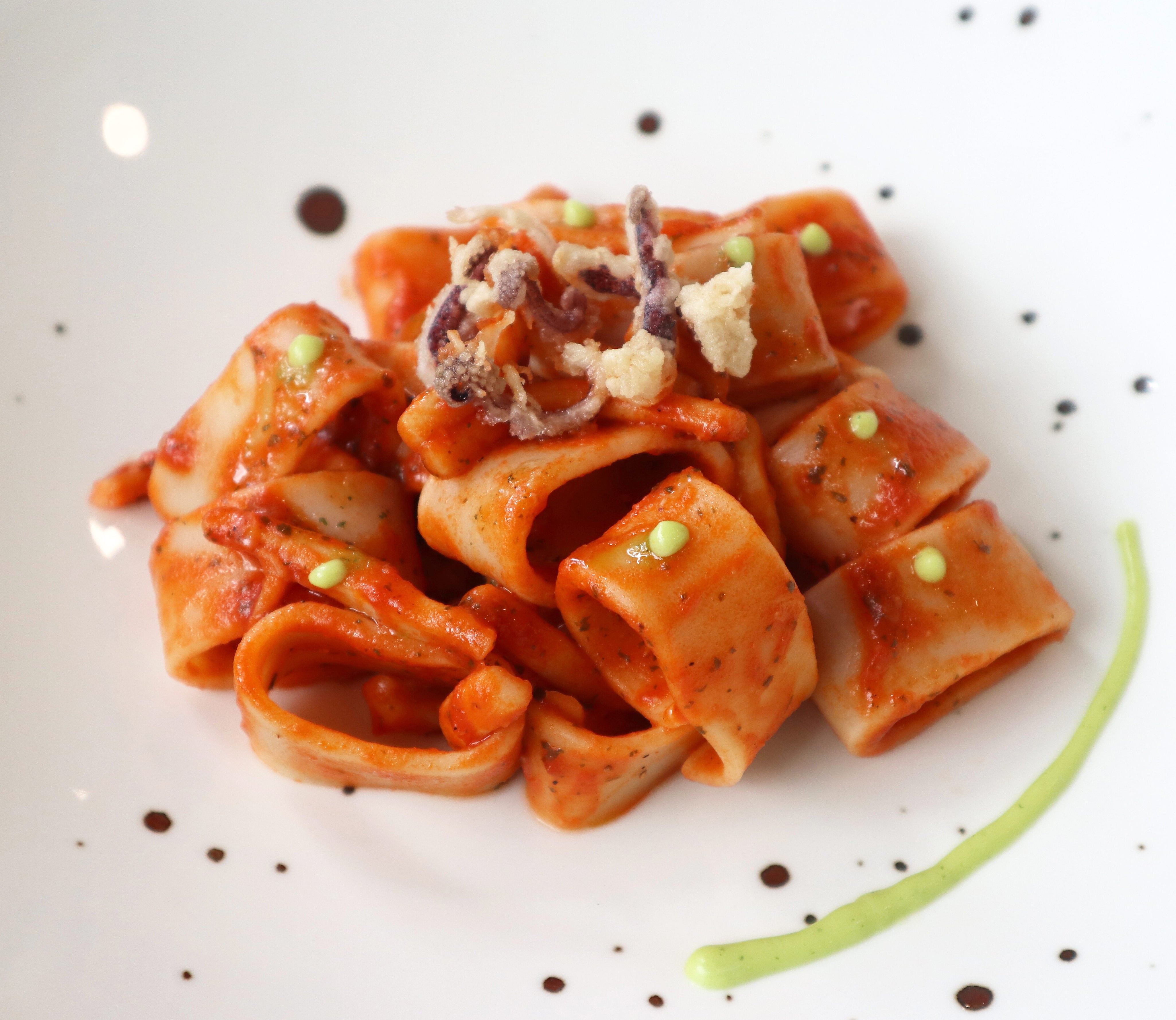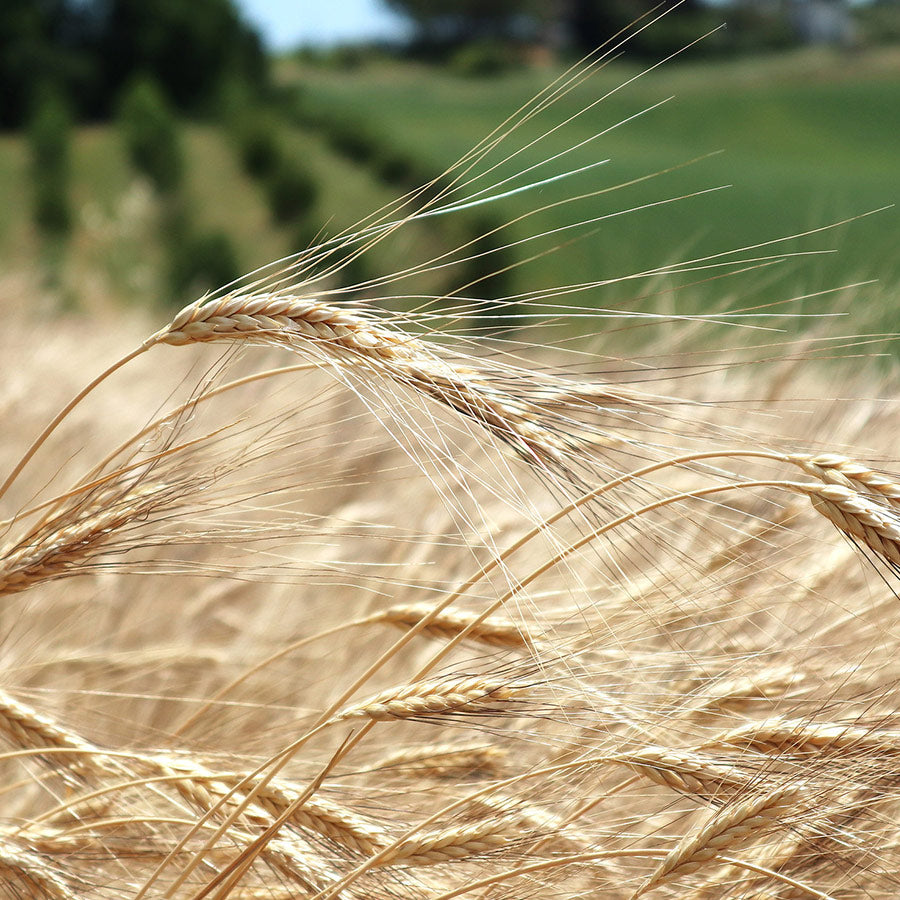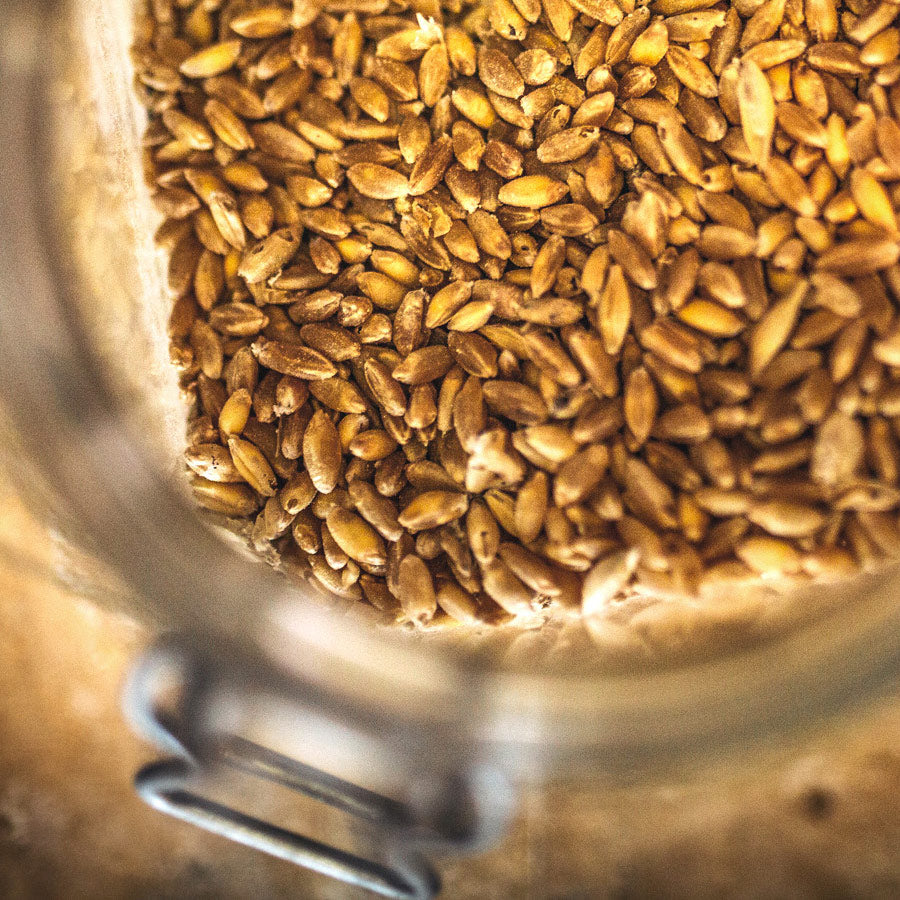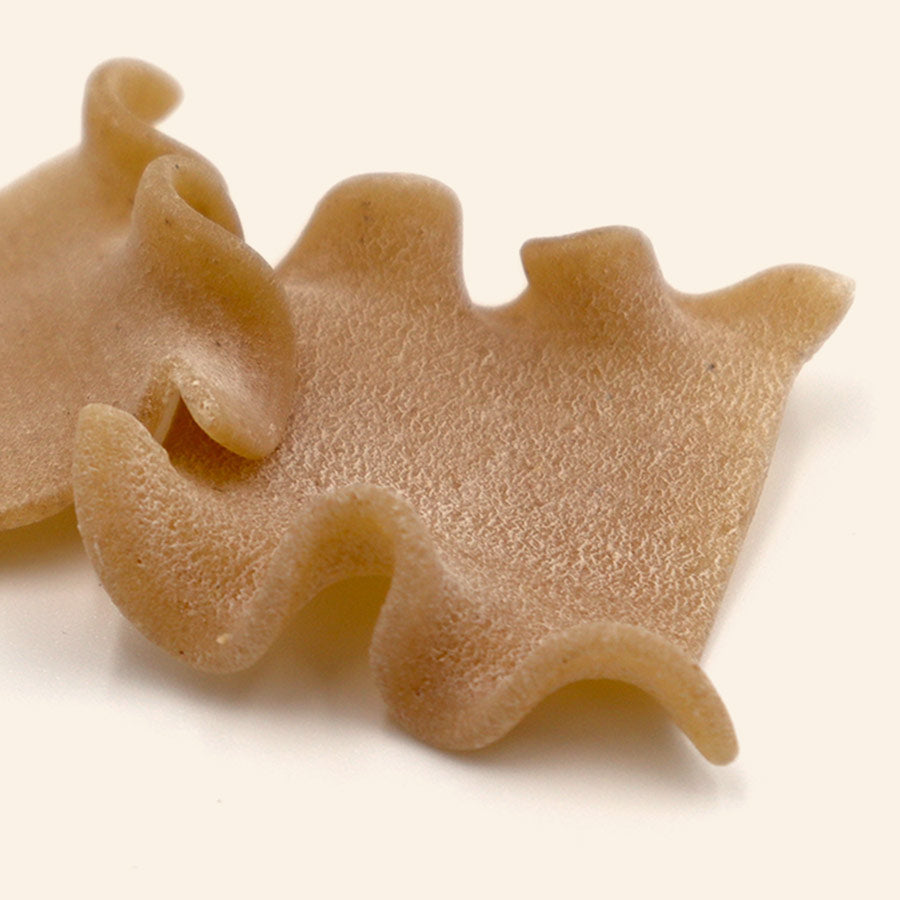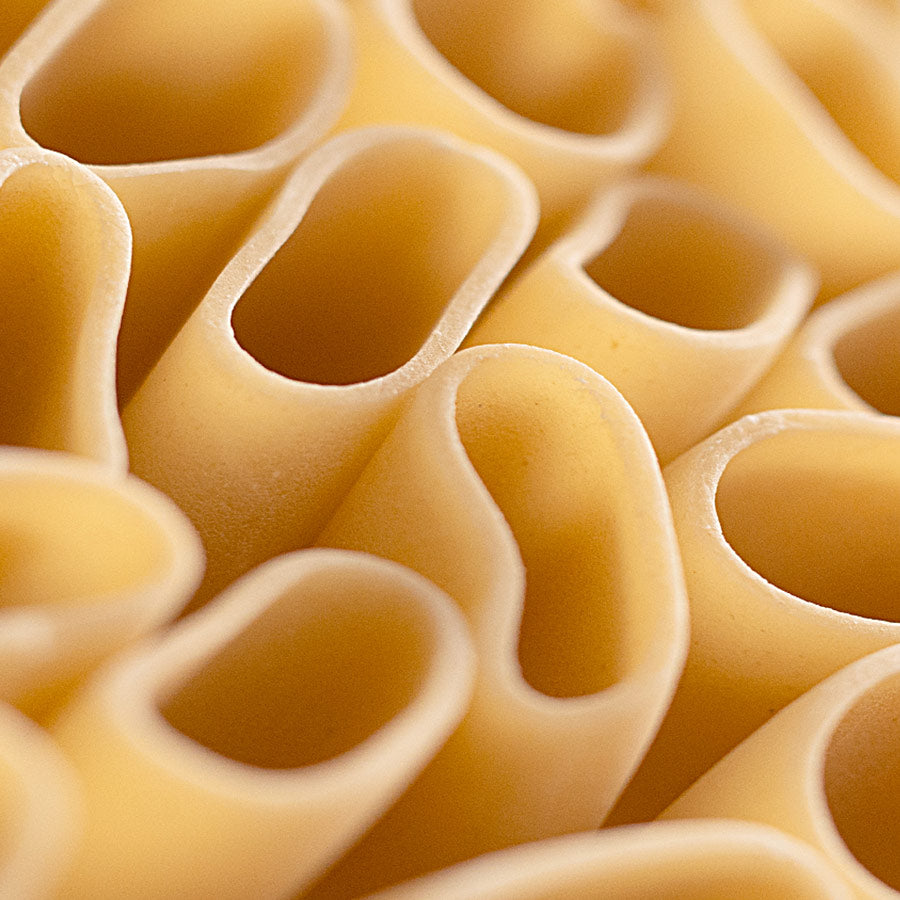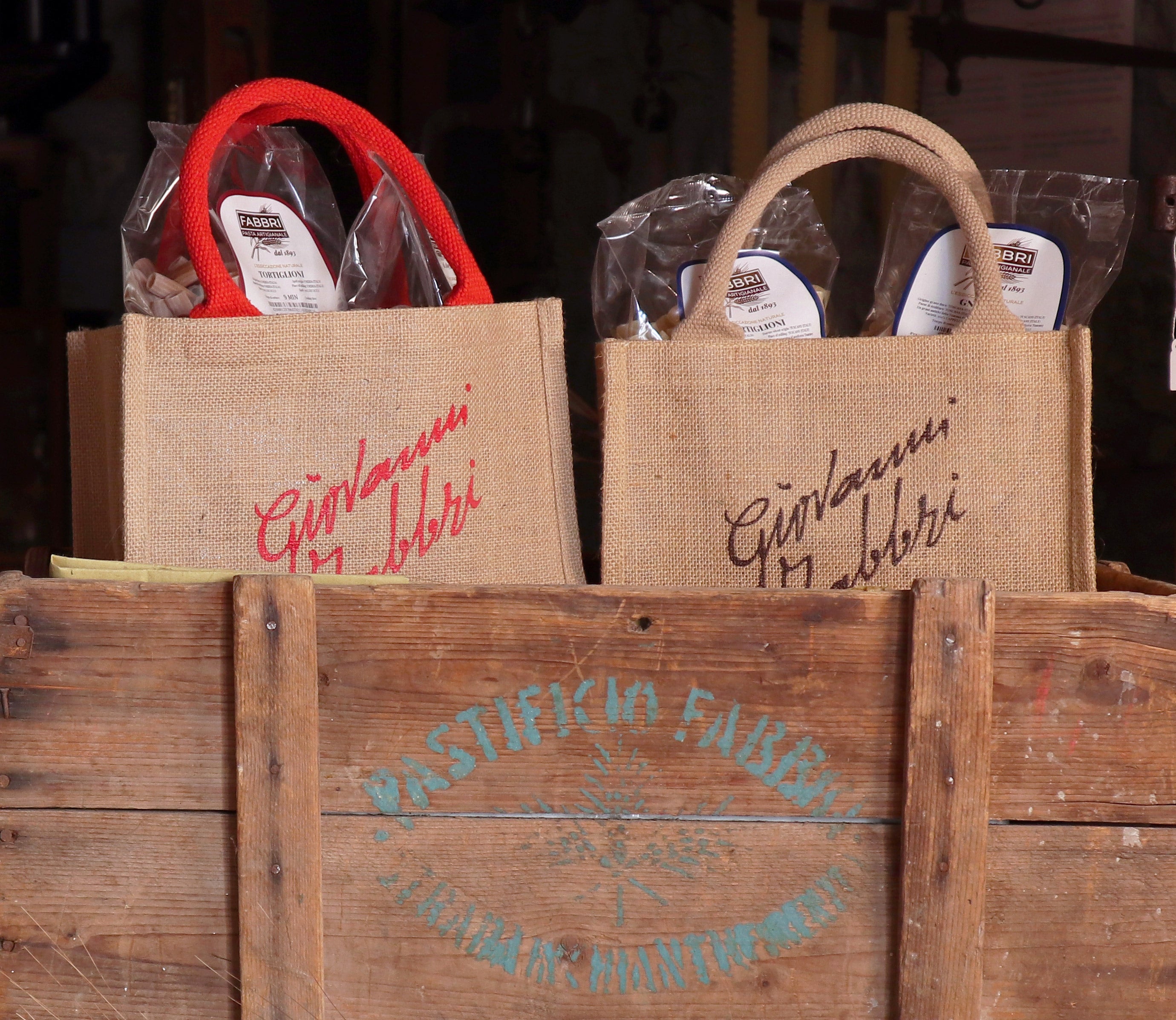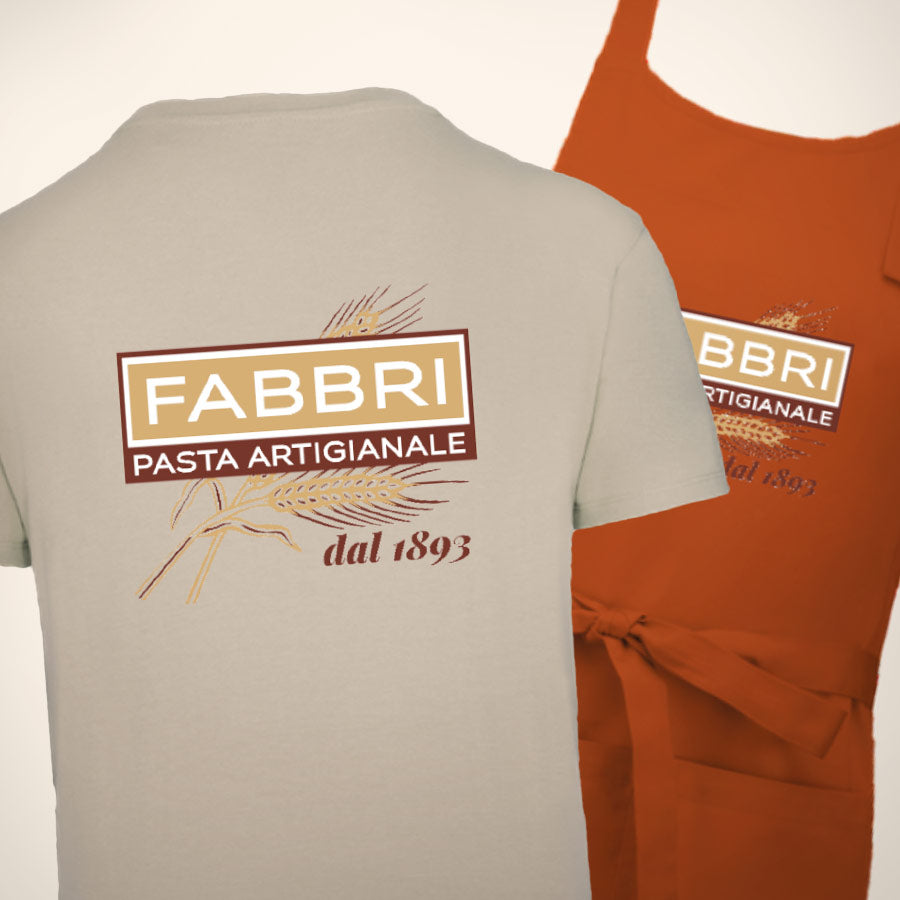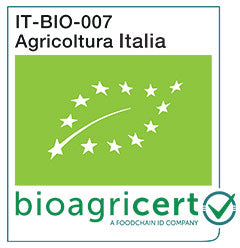Penne lisce or rigate?
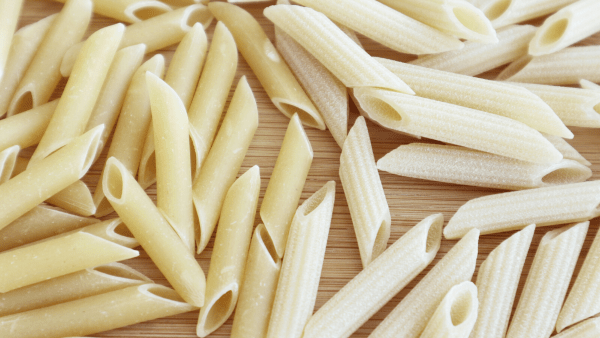
The birth of “penne” and the genius of Giovanni Battista Capurro
The pasta known as “penne” was originally created smooth (lisce) and originated in 1865 in San Martino d’Albaro, a municipality located in Genoa. Here, a skilled Genoese pasta maker named Giovanni Battista Capurro patented a revolutionary machine capable of cutting pasta evenly and diagonally, creating pieces from 3 to 5 cm without crushing the ends.
This innovation marked an important step forwards in the development of modern pasta production techniques, paving the way for a continuous production of penne that lives on even today.
Only later did penne undergo a fundamental transformation when it was given ridges (“rigate”), with the aim of helping it absorb more sauce. This change was made due to the increase in drying temperatures, which unfortunately damaged the gluten’s elasticity.
The superiority of penne rigate: a myth to dispel
Many people think that penne rigate are better, and able to absorb more sauce. However, this belief is not entirely accurate. In reality, penne lisce are also good at effectively absorbing sauce. This mainly depends on the quality of the gluten present in the pasta.
The quality of gluten and pasta drying
The choice of wheat and the processing are decisive factors in the quality of a pasta.
Using organic ancient wheat, it’s possible to ensure that the gluten retains its original properties, just as in the past. But this is not enough. It’s essential to maintain low temperatures throughout the entire pasta production and drying process to preserve its intrinsic characteristics.
Why are penne lisce just as good at absorbing sauces?
The key lies in the gluten and its degree of elasticity
Gluten works as a kind of chewing gum. If its elasticity is compromised and the protein becomes too tough, the pasta loses the ability to absorb sauces. But if the gluten is kept intact and the production process is accurate, both smooth and ridged pasta can offer a satisfying taste experience.
Personal preferences: smooth or ridged?
The choice between penne lisce and penne rigate depends on your personal preferences. For example, many restaurants prefer smooth pasta because of its uniform cooking properties, while ridged pasta may have some areas that are more cooked than others due to the grooves.
Now that you’ve learned more about penne, which do you prefer? Penne lisce or rigate?
